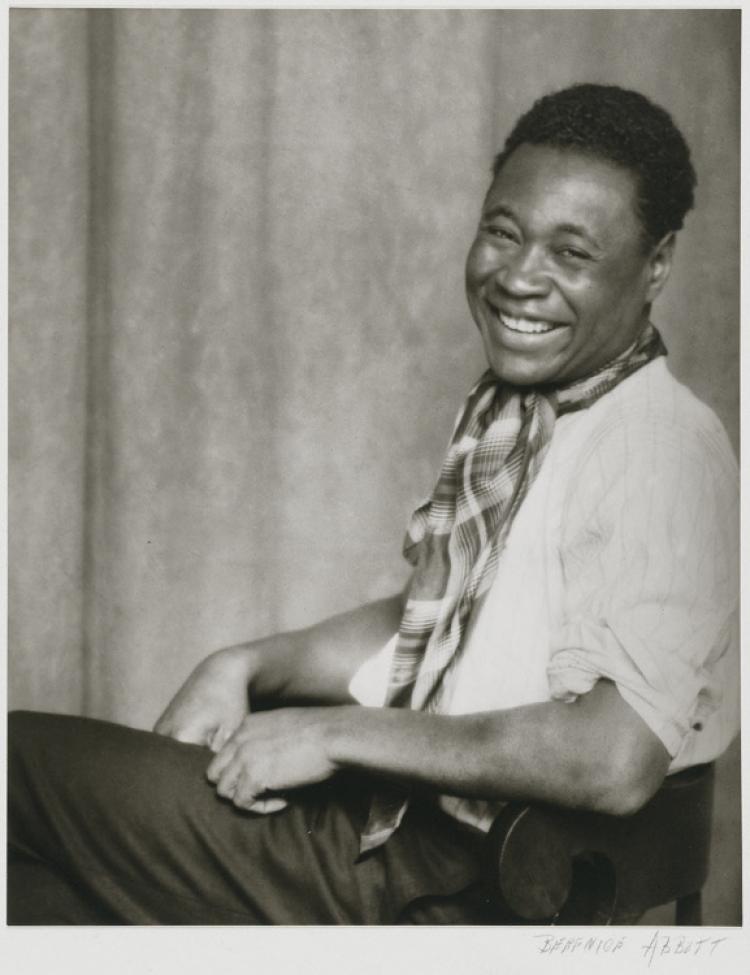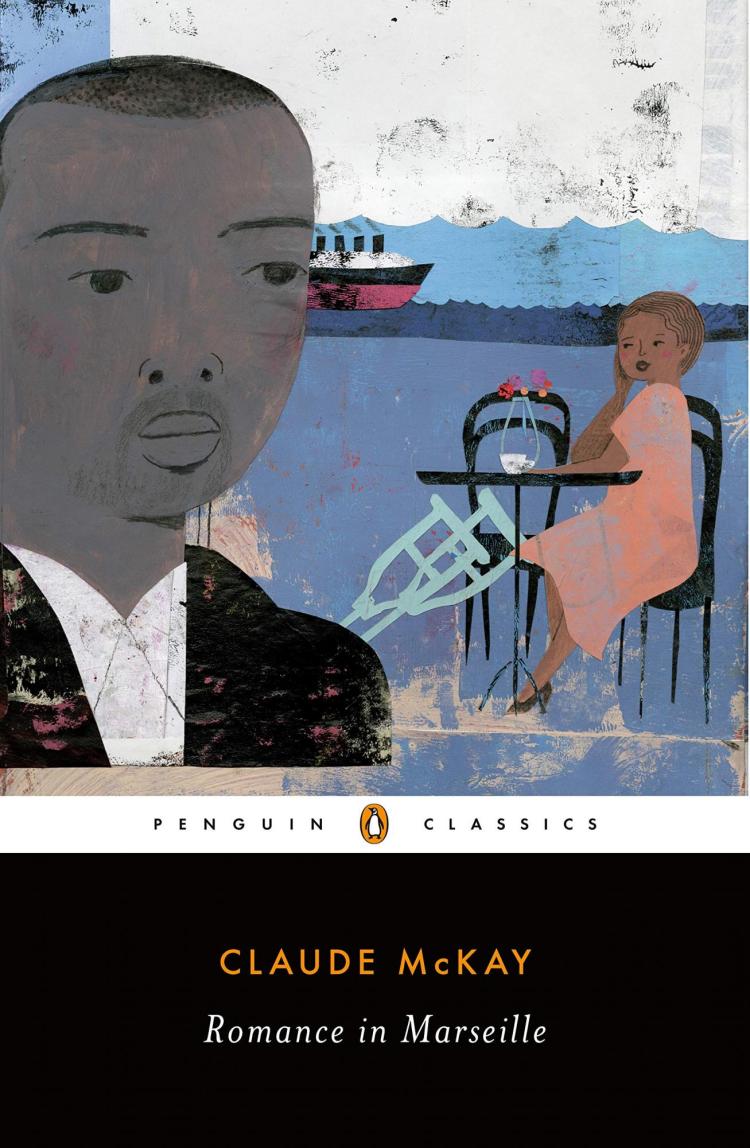Researchers unravel secrets of long-lost novel
CU Boulder journal English Language Notes helps unpack the mystery of Harlem Renaissance writer and poet Claude McKay’s novel, which was unknown for 87 years
For nearly 90 years, the manuscripts of Claude McKay’s novel Romance in Marseille sat gathering dust, their existence known only to a handful of academic researchers.

Claude McKay
In 2020, after years of copyright disputes and careful editing, the Harlem Renaissance-era novel finally saw the light of day when Penguin Random House published it as a Penguin Classics book.
Now, for the first time, scholars from across the country have published a series of essays about the novel in English Language Notes, an interdisciplinary academic journal affiliated with the University of Colorado at Boulder and published by Duke University Press.
(The novel) seems uncannily to speak to the present moment with the pandemic and the Black Lives Matter, LGBTQ and disability rights movements."
The journal’s special issue, dedicated entirely to Romance in Marseille, offers commentary from a wide variety of noted scholars on both the novel and McKay, an eminent Jamaican-American poet and novelist.
“Each of the articles, including the introduction to the issue, provides a really new perspective on the novel,” says Nan Goodman, the journal’s editor-in-chief and a CU Boulder professor of English and Jewish studies. “A lot of undergraduates are going to be reading this novel from here on out and they’re going to want some way of making sense of it.”
Gary Holcomb, professor of African American literature and studies at Ohio University, and William J. Maxwell, professor of English and African and African American studies at Washington University in St. Louis, served as special editors for the issue. They also edited Romance in Marseille and wrote the 32-page introduction (plus 30 pages of notes) for Penguin Random House.
Holcomb first learned of the then-unpublished novel’s existence while conducting research for his dissertation in the 1990s. From there, he tracked down the typescript at the Schomburg Center for Research in Black Culture, a New York Public Library research library in Harlem, and learned that McKay’s estate was embroiled in a copyright dispute over the novel with a UK publisher. Later, a shorter version of the novel also surfaced at Yale University’s Beinecke Rare Book and Manuscript Library.
The UK publisher eventually withdrew, and Holcomb and Maxwell began editing the book for publication, expertly drawing from scattered archives to help reconcile the two manuscripts and add notes to help readers understand Romance in Marseille in its literary, cultural and historical contexts.
Once finally published, the novel made a splash, earning praise in The New York Times, the New Yorker, The Washington Post, The Wall Street Journal, The New York Review of Books and many other publications.
“While Penguin hoped the novel would resonate with certain demographics, nobody was prepared for the reaction,” Holcomb said.
Set at the height of the Jazz Age, the novel follows Lafala, a Black sailor who loses both of his lower legs after stowing away on a transatlantic freighter. After successfully suing the shipping company, Lafala—now a wealthy double amputee—returns to Marseille and leads a “life relatively free from social constraints,” according to Goodman.

Romance in Marseille, by Clause McKay
Introduction by Gary Edward Holcomb and William J. Maxwell
Edited by Gary Edward Holcomb and William J. Maxwell
“This is a novel about Black disability and Black bodies, it’s a novel about the Black Atlantic, it’s a novel about this transnational world,” Goodman says. “There were gay characters, disabled characters, sex-work characters.”
McKay began writing the novel in 1929 and set it aside in 1933. At the time, publishers likely considered these themes and characters too controversial; because of the Great Depression, they were also more selective in general. Today, however, as the world continues to grapple with big questions around race, privilege, sexuality, gender, health and human rights, the book is more relevant than ever.
“(The novel) seems uncannily to speak to the present moment with the pandemic and the Black Lives Matter, LGBTQ and disability rights movements,” Goodman says.
Born in 1889, McKay was a key figure of the Harlem Renaissance, a period in the 1920s and ‘30s when African American art, culture, literature and politics flourished, with much of the revival centered around Manhattan’s Harlem neighborhood.
“He was a proud child of Black Jamaica, a diehard bohemian, a globe-trotting political radical, a co-inventor of several lines of Black modernist art and a so-called playboy of the Harlem Renaissance,” Maxwell says.
McKay was a prolific writer, penning ballads, sonnets, stories, novels, memoirs and political commentary. He wrote the Renaissance’s first book of poetry, Harlem Shadows, and the first officially best-selling American novel by a Black author, Home to Harlem, Maxwell said. In 2017, Penguin Random House also published McKay’s previously undiscovered novel Amiable with Big Teeth.
“Despite McKay’s status as one of earliest stars of the Harlem Renaissance—he was perhaps the most famous young Black poet in the English-speaking world exactly 100 years ago—we are only now learning of the full range of his contribution,” Maxwell said.

